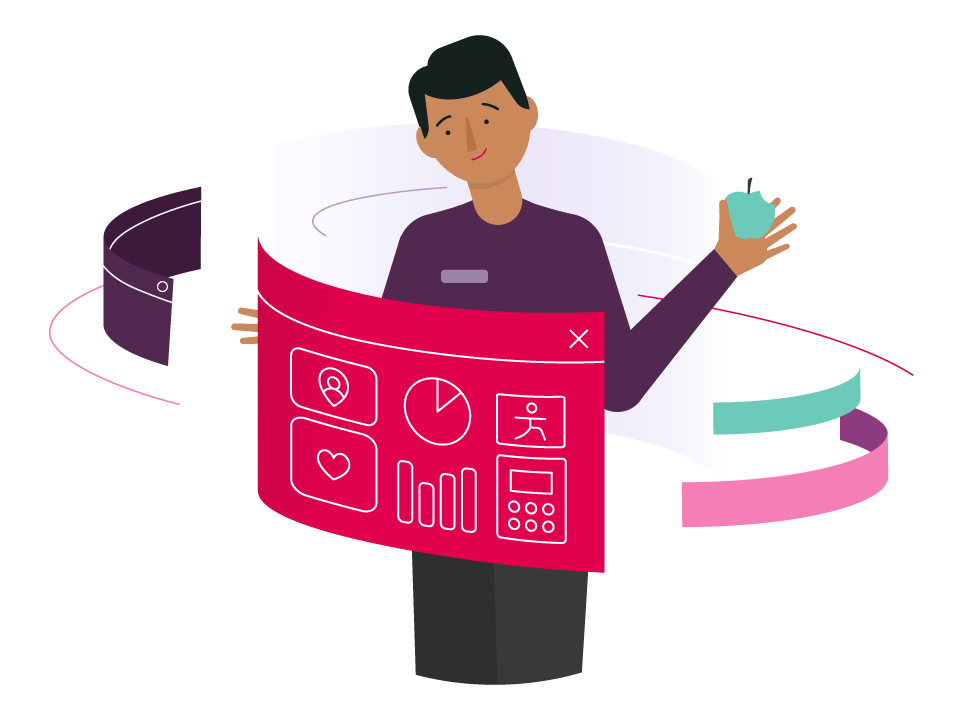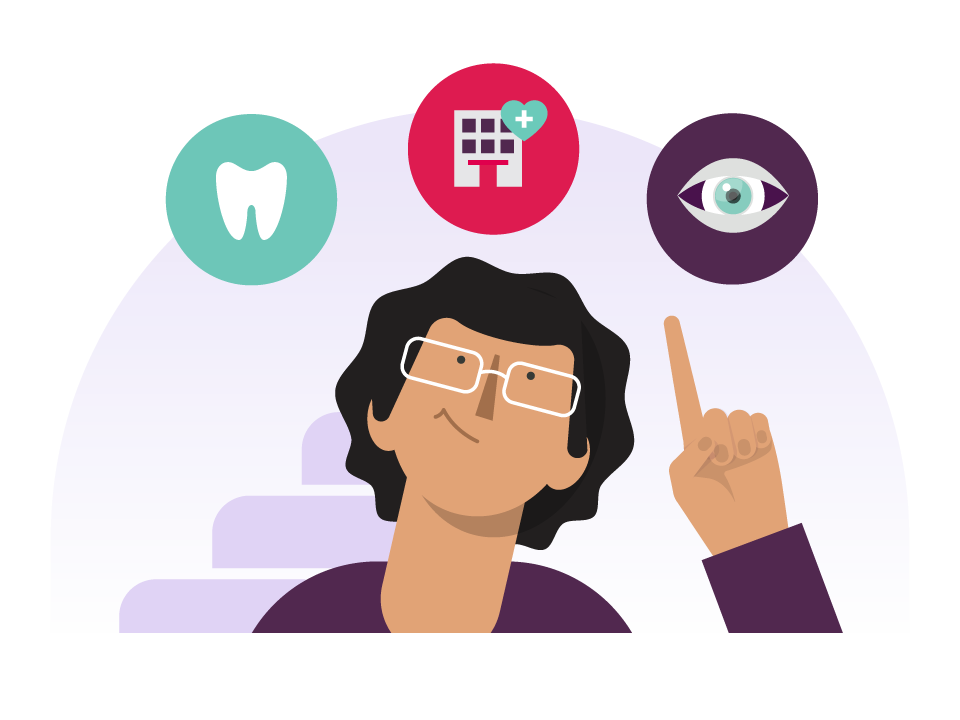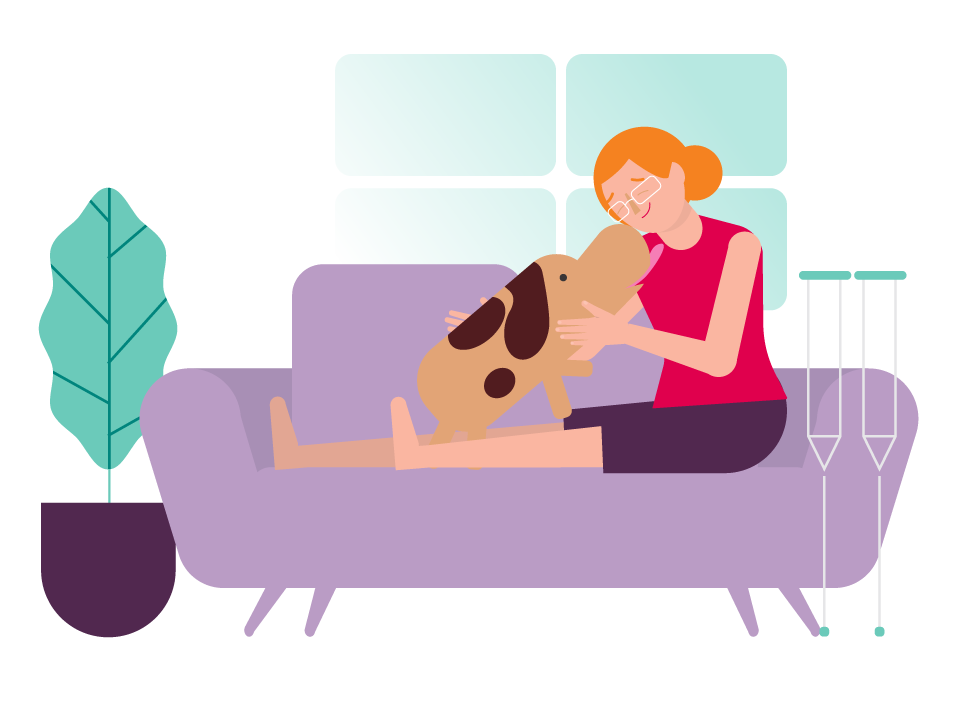When your procedure’s finished, you’ll be taken to the recovery area.
Nurses will monitor your breathing and vital signs. They’ll also check the strength in your legs. Your urinary catheter will be removed once you’re mobile.
Pain relief
You’ll be given pain relief prescribed by your anaesthetist. By enabling you to move and breathe without too much discomfort, good pain relief can help reduce your risk of complications.
Patient controlled analgesia (PCA) is often used in the first day or so. This comprises an opioid drug delivered through a cannula into a vein. You can control the amount of pain relief you receive by pressing a button.
Injections of pain-relieving medication can be delivered by cannula or into a muscle.
Pills, tablets or liquids can be given at regular times or when pain starts to bother you.
Getting mobile
The nurses will encourage you to stand up and walk as soon as possible after your surgery. This is to speed your recovery and reduce your risk of complications, such as blood clots.
Depending on whether you’ve had keyhole or open surgery, your hospital stay is likely to be between 1 and 7 days. During this time, a physiotherapist will visit to begin your rehab program. When you leave hospital, you’ll need someone to take you home as you won’t be able to drive.
Your surgeon may recommend outpatient physiotherapy. Alternatively, you may need to take part in an inpatient rehabilitation program which could be at another hospital.







